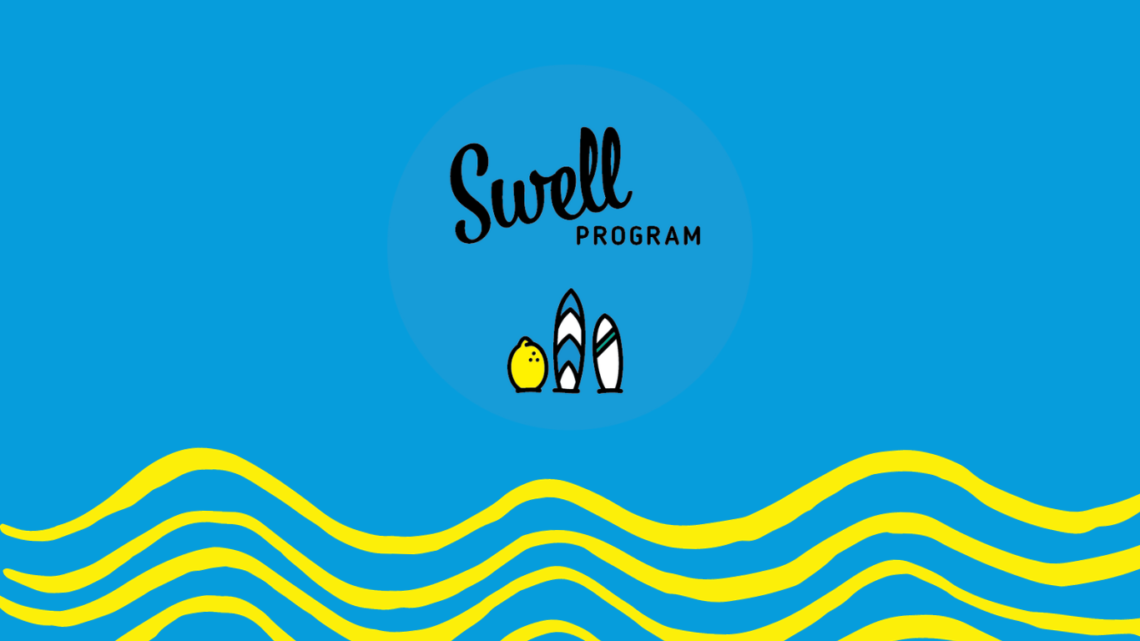It’s the old adage of ‘you wouldn’t drive a car looking in your rear-view mirror’ – but this is what happens all too often in business. Business owners use historical financial reports to steer their business forward.
We’ve had live, cloud accounting for quite a while now – if you’re not on board, you’re seriously missing out. Live data means you know what is happening in your business right now. Let’s face it the business environment is constantly changing so if you’re making decisions based on data 12 months old, it’s like trying to do a jigsaw puzzle with missing pieces.
Historical reporting is for the past – Predictive Reporting where it’s at
If you’re always looking backwards, you’ll never see what’s coming.
The solution – start looking forward
A benefit of live accounting is that you can start predicting what is going to happen in your business by setting up forecasts and predictive reporting. It’s simpler now than ever to prepare scenarios and forecasts based on objective and supportable assumptions.
This allows you to think through different outcomes and be prepared for a range of eventualities. You can collaborate more easily with your team on where your business is headed and make informed daily decisions to get you there.
Dynamic, predictive reporting shows you the future based on where you are today.
How to live in the NOW
Budgets allow you to put a stake in the ground of what you expect is going to happen over the next 12 months – they’re usually based on last year’s actual results.
If your budget doesn’t include a cash-flow forecast you’re not checking that you can actually see out everything you have planned. It could be great to get that big contract, but if it involves long payment cycles and the purchase of equipment you haven’t realised you may very well have a lot of cashflow holes to fill. Projecting your future cashflow allows you to see the future, so you can plan for those longer payment cycles, whether that be through equipment or debtor finance or going and negotiating hard on that prized contract.
Connect to what is happening.
Rather than a set and forget budget – dynamic forecasts allow you to play with different scenarios to explore the opportunities around you.
Last month didn’t pan out how you thought – your bank might not show it right now – but predictive reporting will show you the effect once that payment cycle comes around. Similarly, if you have some cash reserves and want to invest in new equipment or paydown loans, you can see the cumulative effect this will have on your business.
Want to increase prices but think that it will mean lower volumes? Scenario plan it out – you might just be surprised by the result.
Engage your team
Help you team understand what needs to happen today to secure tomorrow.
Break down critical success factors, including leading indicators so that staff understand their own business goals. Empowering them whilst keeping them accountable and motivated. Afterall they are your team and should be helping you get to where you desire.
We offer an obligation-free Discovery Call to all new clients to get a better understanding of your business. We’ll discuss where you’re currently at, where you want to take your business, and how we can add value for you. BOOK ONLINE TODAY



